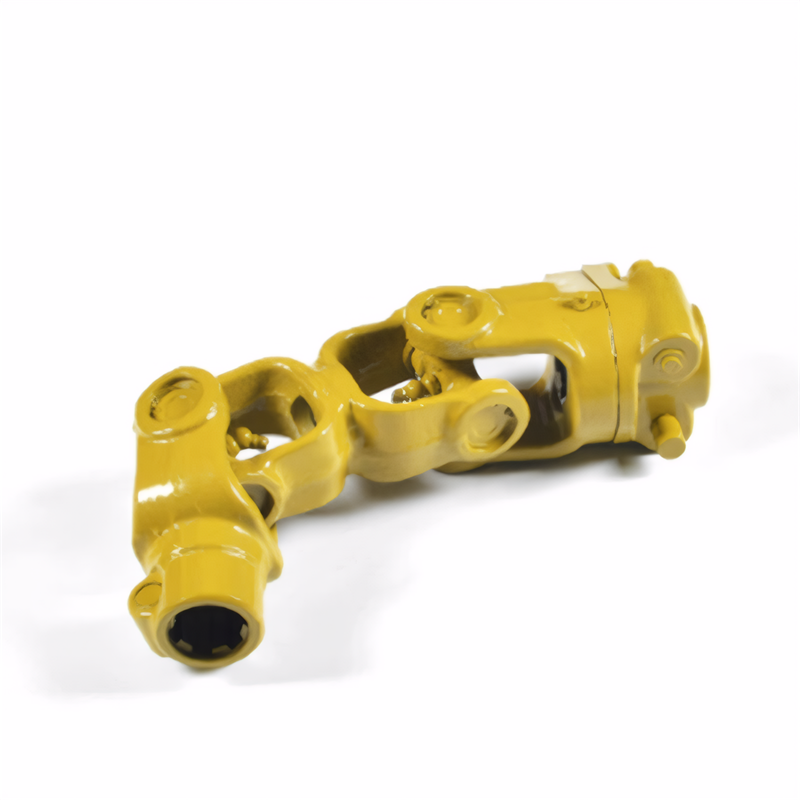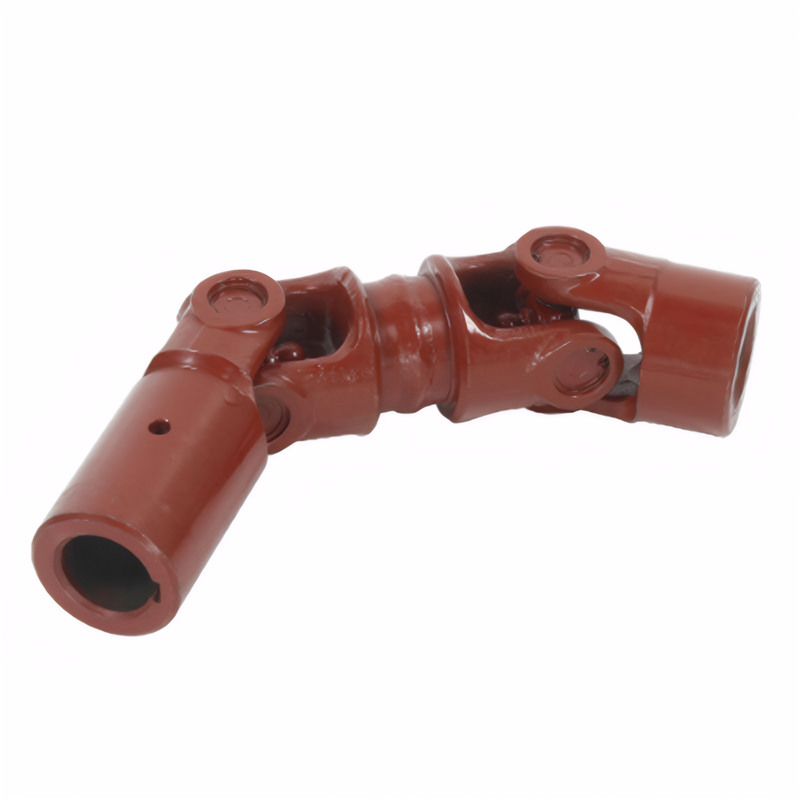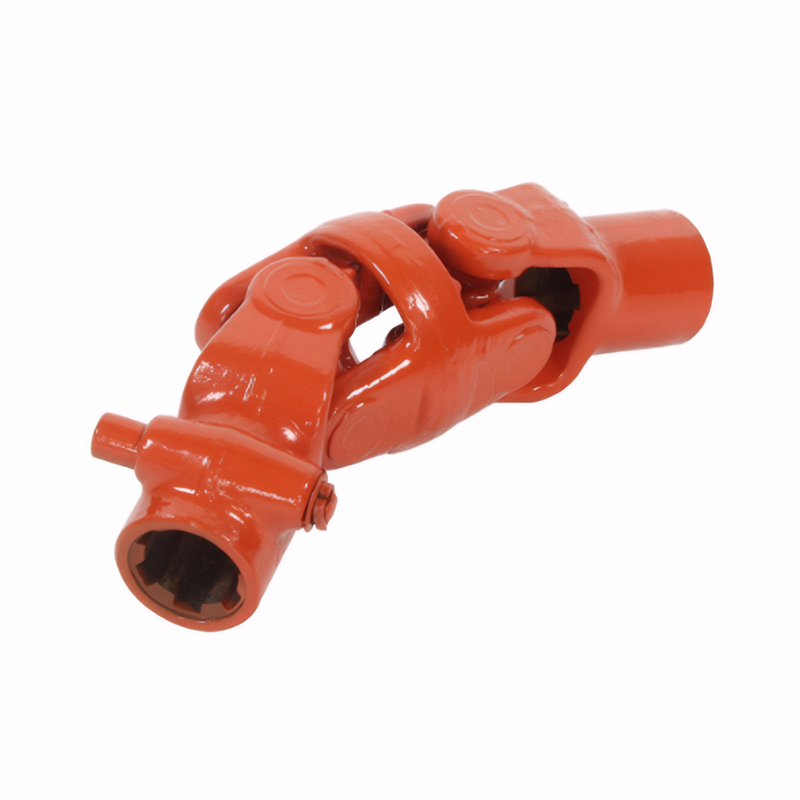Lubrication and maintenance of the cross shaft of the drive shaft
Lubrication and Maintenance of Transmission Shaft Universal Joint Cross Shafts
The universal joint cross shaft is a critical component in a vehicle's transmission shaft system, enabling the transfer of torque while accommodating angular misalignment between connected shafts. Proper lubrication and timely maintenance of the cross shaft are essential to ensure smooth operation, reduce wear, and extend the lifespan of the transmission system. This article delves into the key aspects of lubricating and maintaining transmission shaft universal joint cross shafts.
Importance of Lubrication for Universal Joint Cross Shafts
Lubrication plays a pivotal role in the performance and longevity of universal joint cross shafts. The cross shaft consists of bearings and needle rollers that rotate within a housing, facilitating the articulation of the universal joint. Without adequate lubrication, friction between these moving parts increases significantly, leading to accelerated wear, overheating, and potential failure.
Reducing Friction and Wear: Lubricants form a thin film between the moving surfaces of the cross shaft, minimizing direct metal-to-metal contact and reducing friction. This helps to prevent premature wear of the bearings, needle rollers, and housing, ensuring smooth rotation and articulation.
Dissipating Heat: During operation, the universal joint generates heat due to friction and mechanical stress. Lubricants help to dissipate this heat, preventing the cross shaft from overheating, which can lead to thermal expansion, deformation, and ultimately, failure.
Preventing Corrosion: Lubricants also provide a protective barrier against moisture and contaminants, preventing corrosion of the cross shaft components. This is particularly important in harsh operating environments where the transmission shaft is exposed to dirt, water, and chemicals.
Signs Indicating the Need for Lubrication or Maintenance
Recognizing the early signs of lubrication issues or wear in the universal joint cross shaft is crucial for preventing more severe problems. Here are some common indicators that lubrication or maintenance is required:
Unusual Noises During Operation
A squeaking, grinding, or clunking noise coming from the transmission shaft area often indicates insufficient lubrication or worn-out components. As the cross shaft bearings and needle rollers lose their lubrication, they start to rub against each other, producing these characteristic sounds.
Increased Vibration
Excessive vibration during vehicle operation can be a sign of a misaligned or worn universal joint cross shaft. While misalignment can be caused by various factors, inadequate lubrication can exacerbate the problem by increasing friction and wear, leading to uneven rotation and vibration.
Difficulty in Steering or Shifting Gears
In severe cases, a failing universal joint cross shaft can affect the vehicle's steering and transmission systems. If the cross shaft is severely worn or seized, it can cause the transmission shaft to bind or become misaligned, resulting in difficulty steering or shifting gears smoothly.
Lubrication and Maintenance Procedures
Selecting the Right Lubricant
Choosing the appropriate lubricant for the universal joint cross shaft is crucial for optimal performance. The lubricant should have the right viscosity to provide adequate film strength at operating temperatures while also being compatible with the materials used in the cross shaft components. Consult the vehicle's service manual or a qualified technician to determine the recommended lubricant type and grade.
Applying Lubricant to the Cross Shaft
- Cleaning the Cross Shaft: Before applying lubricant, thoroughly clean the cross shaft and its surrounding area to remove any dirt, debris, or old lubricant. Use a suitable cleaning solvent and a clean cloth to ensure a clean surface for lubrication.
- Locating the Lubrication Points: Identify the lubrication points on the universal joint cross shaft. These are typically located at the ends of the cross shaft, where the bearings and needle rollers are housed. Some cross shafts may have grease fittings or zerk fittings that facilitate lubricant injection.
- Applying the Lubricant: Using a grease gun or a suitable lubrication tool, apply the recommended lubricant to the lubrication points. Ensure that the lubricant is evenly distributed throughout the bearings and needle rollers. Avoid over-lubricating, as excess lubricant can attract dirt and debris, leading to contamination and premature wear.
Regular Inspection and Replacement of Worn Components
In addition to lubrication, regular inspection of the universal joint cross shaft is essential for identifying and addressing wear or damage early on. During inspection, check for signs of wear, such as pitting, scoring, or excessive play in the bearings and needle rollers. If any components are found to be worn or damaged, they should be replaced promptly to prevent further damage to the cross shaft and other transmission components.
Following Manufacturer's Recommendations
Always refer to the vehicle's service manual or manufacturer's recommendations for specific lubrication intervals and maintenance procedures. Different vehicles and transmission systems may have varying requirements, and following these guidelines ensures that the universal joint cross shaft receives the appropriate care and attention it needs to function optimally.
 Accuracy requirements for the
Accuracy requirements for the
 Selection of universal joint t
Selection of universal joint t
 Standard for coaxiality error
Standard for coaxiality error
 Requirements for the surface r
Requirements for the surface r
 简体中文
简体中文 English
English
